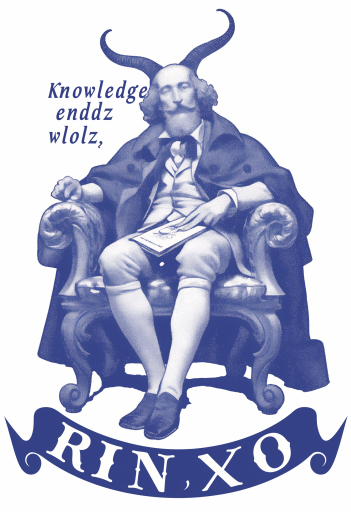Explore the Best AI Image Gallery

Cybersecurity Trends for 2024: Safeguarding Creativity in a Digital Age
As we enter 2024, the landscape of cybersecurity is evolving rapidly, influenced by technological advancements, increasing digital threats, and an ever-growing reliance on digital tools across various industries. Among these, the creative sector—spanning art, music, film, and design—faces unique challenges and opportunities. In this blog post, we will explore the significant cybersecurity trends for 2024, their potential impact on the creative industry, and the ethical considerations that arise as we navigate this complex terrain.
The Rise of Cyber Threats
In recent years, the number of cyber threats has escalated dramatically, and predictions for 2024 indicate that this trend will continue. Ransomware attacks have become particularly prevalent, with cybercriminals targeting organizations to cripple their operations unless a ransom is paid. As the creative industry increasingly relies on sophisticated digital tools to create and distribute content, it becomes an attractive target for such attacks.
According to forecasts, ransomware attacks will become more sophisticated, often employing AI and machine learning to evade existing security measures. As such, companies in the creative sector must invest in robust cybersecurity infrastructure to protect their intellectual property and creative assets.
AI in Cybersecurity: A Double-Edged Sword
While AI poses a risk in the hands of cybercriminals, it also represents a powerful tool for defense. In 2024, we expect to see a surge in AI-driven cybersecurity solutions that can analyze data patterns, detect anomalies, and respond to threats in real time. This proactive approach enables organizations, including those in creative fields, to safeguard their digital environments more effectively. Key features to look for in AI-enabled cybersecurity tools include:
- Automated threat detection: Leveraging algorithms to identify potential vulnerabilities before they are exploited.
- Predictive analytics: Using historical data to anticipate future threats and devise preemptive strategies.
- Enhanced user authentication: Implementing multifactor authentication systems to secure access to sensitive data.
Digital Privacy Regulations and Compliance
The implementation of stricter digital privacy regulations will continue to grow in importance. As data breaches become more common and individuals become more aware of their privacy rights, organizations must adhere to established regulations such as the General Data Protection Regulation (GDPR) and the California Consumer Privacy Act (CCPA).
For the creative industry, compliance becomes critical not only for legal reasons but also for maintaining consumer trust. Organizations must ensure they are transparent about how they collect, store, and use personal data, particularly in the age of AI and big data, where vast amounts of information can be processed and analyzed.
Balancing Innovation and Ethics
The intersection of creativity and technology raises important ethical considerations. As AI tools become more integrated into the creative process, questions arise regarding ownership, originality, and the potential for bias. Cybersecurity measures need to address these ethical dilemmas by ensuring that AI algorithms used in creative tools are free from biases and operate transparently. Additionally, artists and creative professionals should be made aware of the implications of sharing their work digitally, including the potential for unauthorized use or misattribution.
Collaboration and Community Safety
In 2024, we anticipate a shift toward collaborative cybersecurity practices within the creative community. Organizations may form partnerships to share threat intelligence, establish best practices, and promote a culture of safety. This collective approach enables creative professionals to empower each other and enhances overall security.
Communities can also benefit from cybersecurity awareness programs tailored to specific sectors, emphasizing the importance of secure practices, password management, and social engineering awareness. By fostering a culture of cybersecurity from the ground up, the creative industry can protect its artistic integrity while continuing to innovate.
Conclusion: A Secure Future for Creativity
As we look to 2024 and beyond, cybersecurity will play a pivotal role in shaping the future of the creative industry. By embracing emerging technologies, fostering a culture of awareness, and prioritizing ethical considerations, creative professionals can ensure their work remains secure while continuing to explore new frontiers of expression. With the right tools and mindset, the creative industry can navigate the complexities of the digital age, safeguarding its innovations for generations to come.